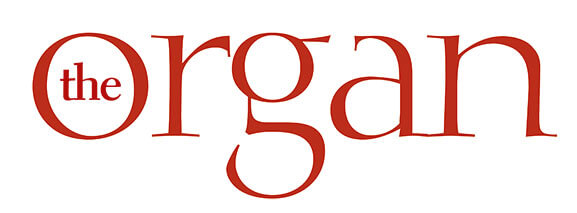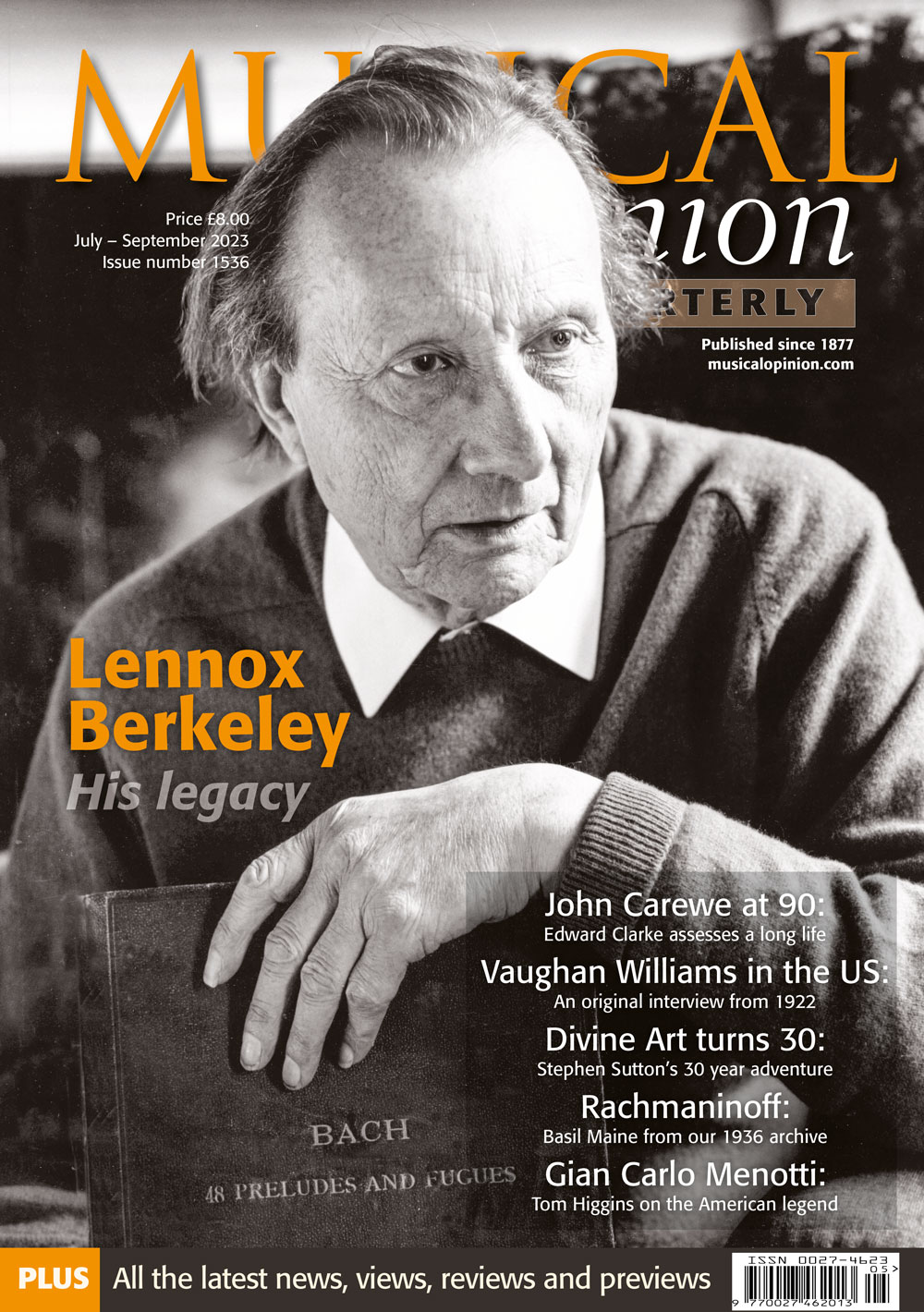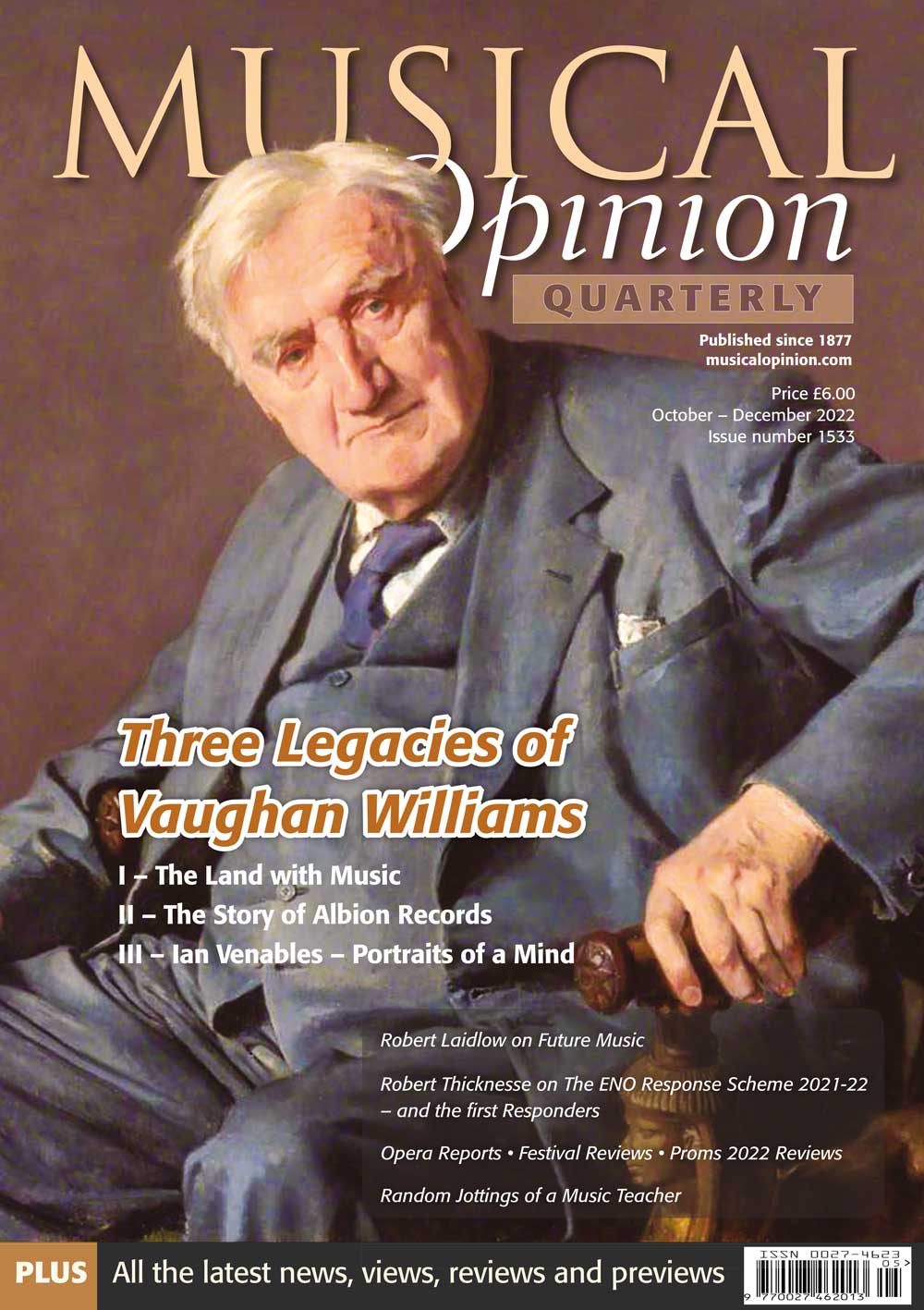Previous Issues
Summer 2024. Issue 409
Suite de Pièces pour Violon et Orgue
Spring 2024. 408
Winter 2024. 407
Autumn 2023. 406
Summer 2023. 405
Spring 2023. 404
Winter 2023. 403
Autumn 2022. 402
Summer 2022. 401
Spring 2021. 400
Winter 2021. 399
Autumn 2021. 398
Whilst staying at A4 size and 56 pages, the magazine has been completely redesigned with different fonts (more easy to read), bigger photopgraphs, more focus on things like specifications and more CD reviews of organ repertoire.
Summer 2021. 397
Winter 2021. 395
Spring 2021. 396
Autumn 2020. 394
Summer 2020. 393
Spring 2020. 392
Winter 2019. 390
Explore By Topic
Autumn 2019. 389
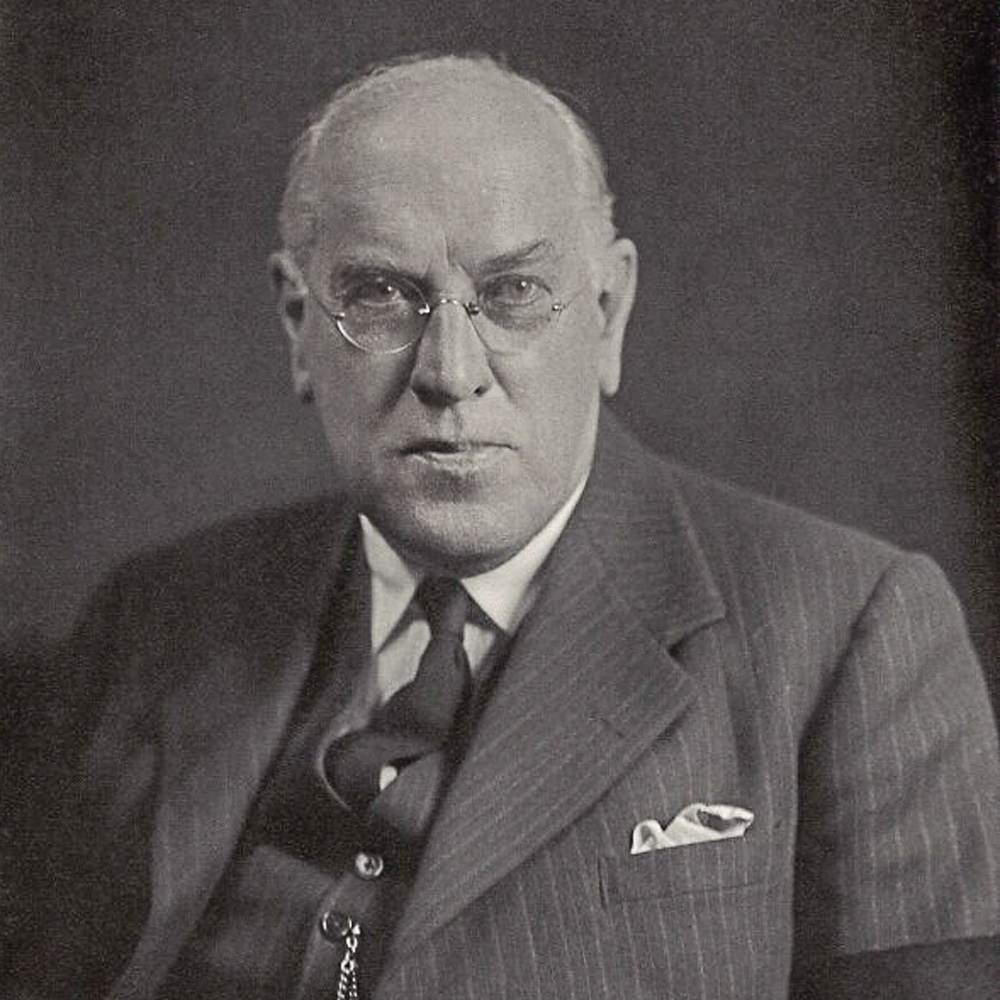
Sir Henry Walford Davies (1869-1941) – a sesquicentenary appreciation
Kenneth Shenton
In the small garden on the south side of Bristol Cathedral two graves stand side by side, just yards apart. The simple headstones attract little attention: one records the life of Hubert Walter Hunt, the former Organist of the cathedral, the other bears the inscription – Walford Davies, Master of the King’s Musick. Born September 6, 1869. Died March 11, 1941. Thus this year marks the 150th anniversary of the birth of this pioneering and versatile musician who, at the time of his death, was one of the best known figures in British music. Now sadly forgotten, the author takes a timely look back at an exceptional musician whose career so personified the organ loft of yesteryear.
Henry Walford Davies was born in Oswestry in Shropshire on September 6th1869, the seventh of nine children. His father, John Whitridge Davies was the choirmaster at the Congregational Church in the town, his uncle, the organist. In January, 1882, Davies became a chorister at St George’s Chapel, Windsor, serving under Sir George Elvey. When, in 1885, his voice broke, alongside his lifelong friend, Hubert Hunt, he became Assistant Organist to Elvey’s successor, Sir Walter Parratt, who also gave him organ lessons. In addition, Davies became Organist of the Royal Chapel of All Saints, Windsor Great Park and Secretary to the then Dean of Windsor, Randall Davidson.

The organ of Notre-Dame, Paris
Michal Szostak
The majestic Parisian Notre-Dame cathedral is one of the indisputable symbols of the civilizational and cultural achievements of mankind. Located in the centre of Paris – and for every Frenchman it is undeniable proof of the magnificence of the French nation – it is also a reference point for humanity throughout the world, occupying an important place in the heart of every person sensitive to its qualities.
For organists, the instrument of the cathedral is also one of the most important works of the organ-builder’s art, with which there were and still are many great organ-makers and organists. This article – inspired by the fire of April 15, 2019 – aims to present a history and overview of the great organ of the Notre-Dame cathedral and to familiarize the reader with its rich heritage.
The origins of the Paris cathedral Notre-Dame date back to the 12th century; the building was erected in the years 1163-1345, as a masterpiece of early Gothic architecture, on the site of the Merovingian cathedral dedicated to Saint Stephen. WITH FULL SPECIFICATIONS
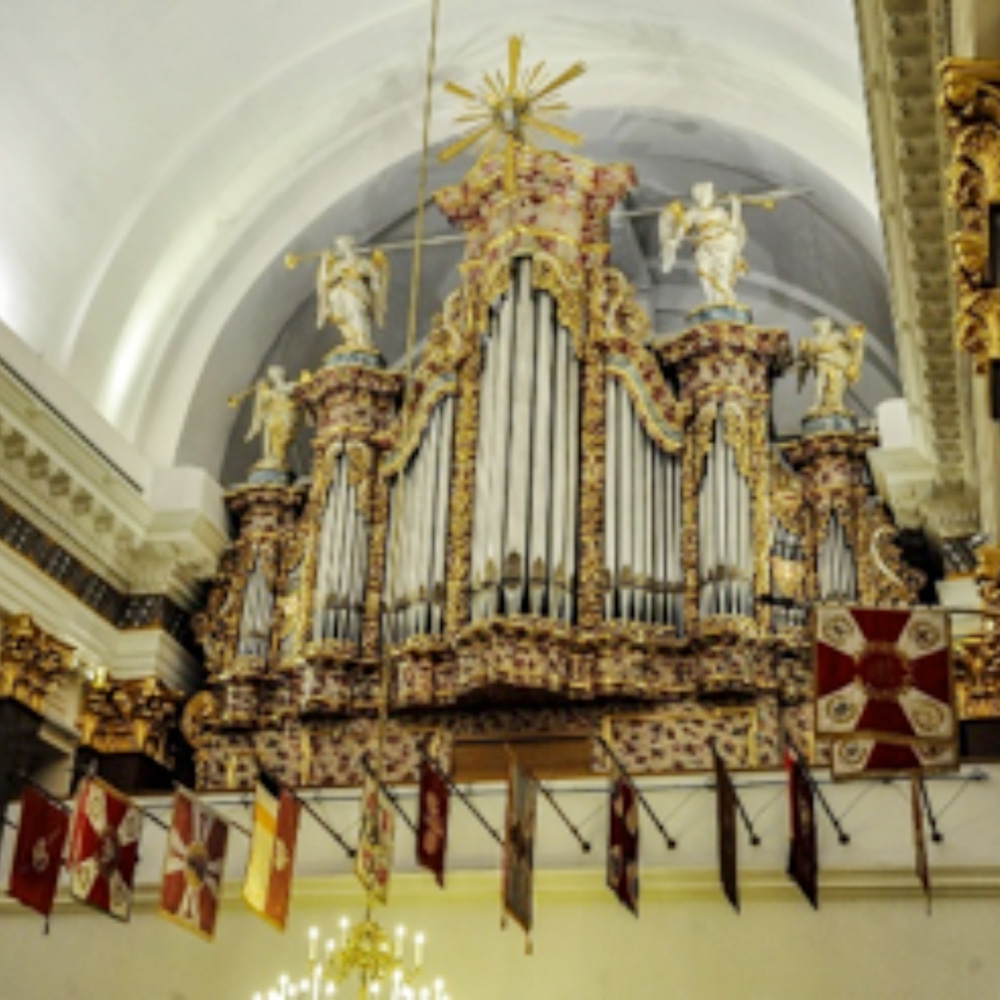
Frédéric Chopin and the Organ
Michal Szostak
The distinguished organist, scholar and author outlines some little-known aspects of the work of the great composer, universally known for his piano music, and the organ, an instrument he played as the opportunity arose.
19th-century Paris was a place where all important musicians wanted to perform, to be performed, to be seen and noticed. As we know, the Parisian organ world – thanks to Aristide Cavaillé-Coll’s instruments and symphonic-school organ performers – kept this trend perfectly. This pattern also became a 20-year-old Chopin, who arrived in the city in 1830.
This article – written for the 170th anniversary of Chopin’s death – is a collection of reflections from contemporary walks a) along the streets of Warsaw, b) around the church at the village Obory (Polish lands) and c) around the church of Notre-Dame-du-Mont, Marseille, France. There are many studies on this great artist, but our walks will concern organ matters only – both historical and contemporary ones. For us, organ performers and lovers, Chopin is an unusual inspiration. However it is worth to stimulate our imagination by looking for little-known and interesting facts.
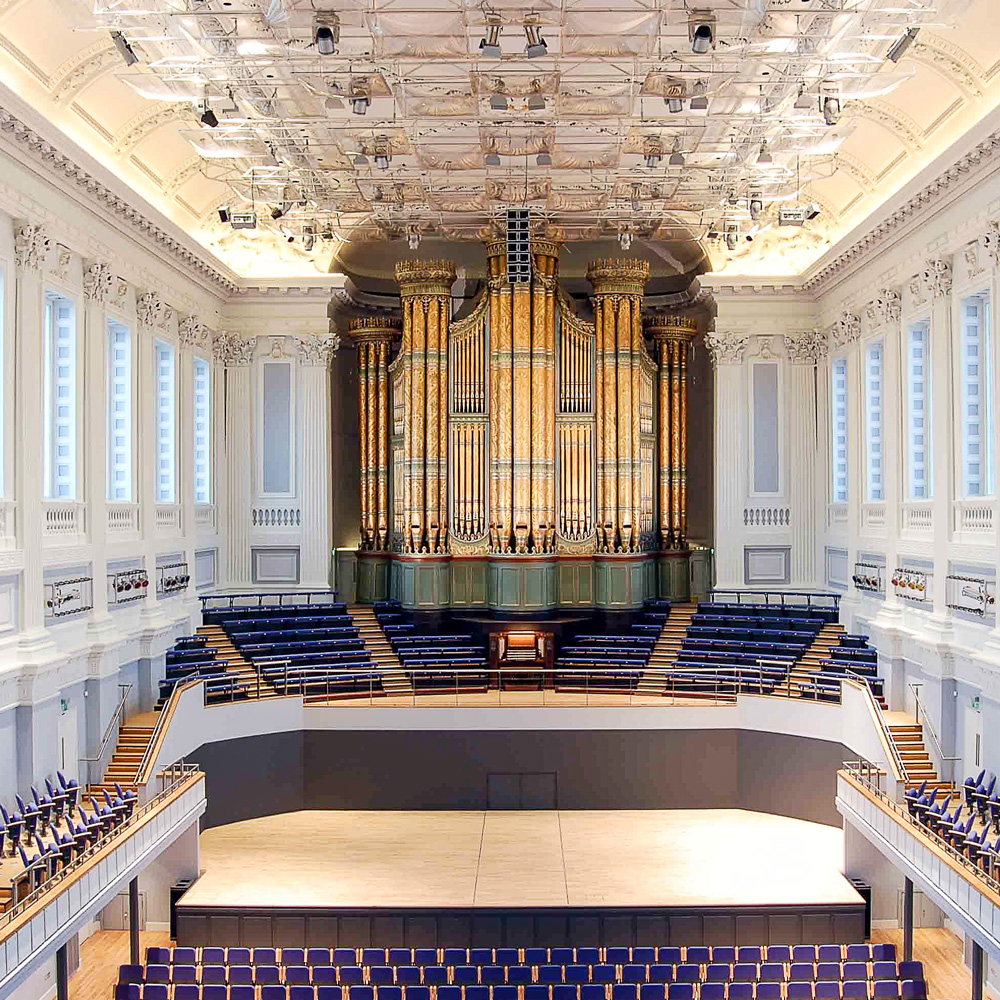
Bach's Clavierübung Part 3
Mendelssohn was a prolific letter writer; for example he wrote to his mother: “This is the thirty-fifth letter I have written since the day before yesterday” 1/25/1841. In 1860 Paul Mendelssohn advertised for original letters written by his brother Felix which he then published in a two-volume collection translated by Lady Wallace. From them we learn much: how humble and how industrious he was; how sensitive to the feelings of others, how willing he was to receive criticism from colleagues, and how unique was the relationship hesustained with his sister Fanny and their mother. However, it is Mendelssohn the organist that concerns us..
In 1837, prior to one of his eight visits to England and in anticipation of his performing at the Town Hall, Birmingham, he wrote from Leipzig on July 13th1837: Ask Fanny, dear Mother, what she says to my intention of playing Bach’s organ prelude in E flat major in Birmingham — and the fugue at the end of the same book. I suspect it will puzzle me, and yet I think I am right. I have an idea that this very prelude will be peculiarly acceptable to the English, and you can play both prelude and fugue piano and pianissimo, and also bringout the full power of the organ. Faith! I can tell you it is no mean composition. (Mendelssohn’s Collected Letters Page 129)
Clearly this was the first instance of someone producing a prelude and fugue by selecting two movements only from Bach’s Clavierübung Part III and discarding the 21 preludes which form the central core of the work. The resulting combination, by Mendelssohn, of the 10 minute Prelude and the three-part Fugue is fairly successful even though it is far from being authentic. An interesting question is: if Mendelssohn had not done so, would any other organist at a later date have produced for posterity the now well-known Prelude and Fugue in E flat and at what point might the label St Anne have been added?
